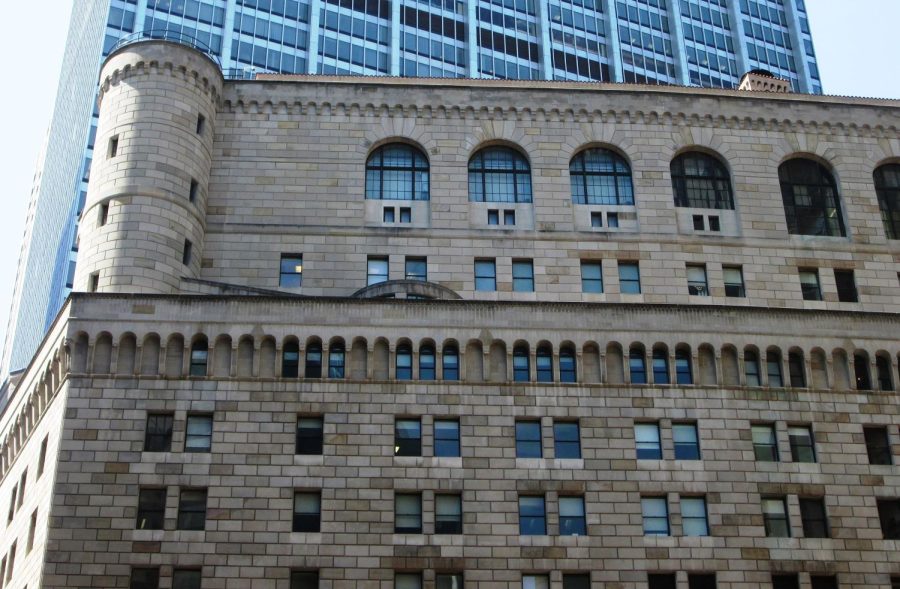Federal Reserve of New York experiments with digital dollar payments
December 10, 2022
The Federal Reserve Bank of New York initiated a 12-week pilot program with nine major financial institutions to test digital currencies as a form of payment.
The New York Innovation Center is a partnership between the New York Fed and the Bank of International Settlements founded in 2021. The center announced the pilot program to see how the institution would run transactions using a central bank digital currency, or CBDC.
A CBDC is a form of digital currency that is issued and regulated by the federal government through a central bank, such as the greater Federal Reserve.
In comparison, cryptocurrencies — such as bitcoin and ethereum — are decentralized forms of digital currency that are issued by private entities. As a result, the government has little authority to regulate them.
The Fed published a paper on Jan. 20 discussing if a government should implement a CBDC. It stemmed from research between the Federal Reserve Bank of Boston and the Massachusetts Institute of Technology.
The New York Fed released results on Nov. 4 from the experiment’s first phase, called “Project Cedar.”
It simulated a foreign exchange spot trade that involved a prototype of a wholesale CBDC. The center observed if the blockchain technology of the digital currency helped make international transaction spot trades faster, cost-effective and accessible.
Most foreign exchange spot trades typically take two days to settle. During that time, the sender and the recipient each are vulnerable to “settlement, counterparty and credit risk,” according to the report. This hinders the bank’s ability to convert assets into cash.
The center said it has found that it takes transactions on a distributed ledger system that’s enabled through the blockchain under 15 seconds to settle on average. The recipient and sender settle their transaction at the same time – or not at all. Plus, the system’s design enables payment to be made no matter the date or time.
The financial institutions participating in the pilot program include Bank of New York Mellon Corp., Citigroup Inc., HSBC Holdings PLC, Mastercard Inc., PNC Financial Services Group Inc., TD Bank NA, Truist Financial Corp., U.S. Bancorp. and Wells Fargo & Co.
The 12-week-long pilot project followed Phase 1, also called the “Regulated Liability Network U.S. Proof of Concept.”
The nine institutions will explore how to use a regulated liability network and test the distributed ledger system’s ability to exchange and use information concurrently.
“The NYIC looks forward to collaborating with members of the banking community to advance research on asset tokenization and the future of financial market infrastructures in the U.S. as money and banking evolve,” Innovation Center Director Per von Zelowitz said in a press release.
The New York Fed said it does not intend to use the results of the pilot program to launch a specific policy or make a decision about issuing a CBDC, whether for retail or wholesale use.








